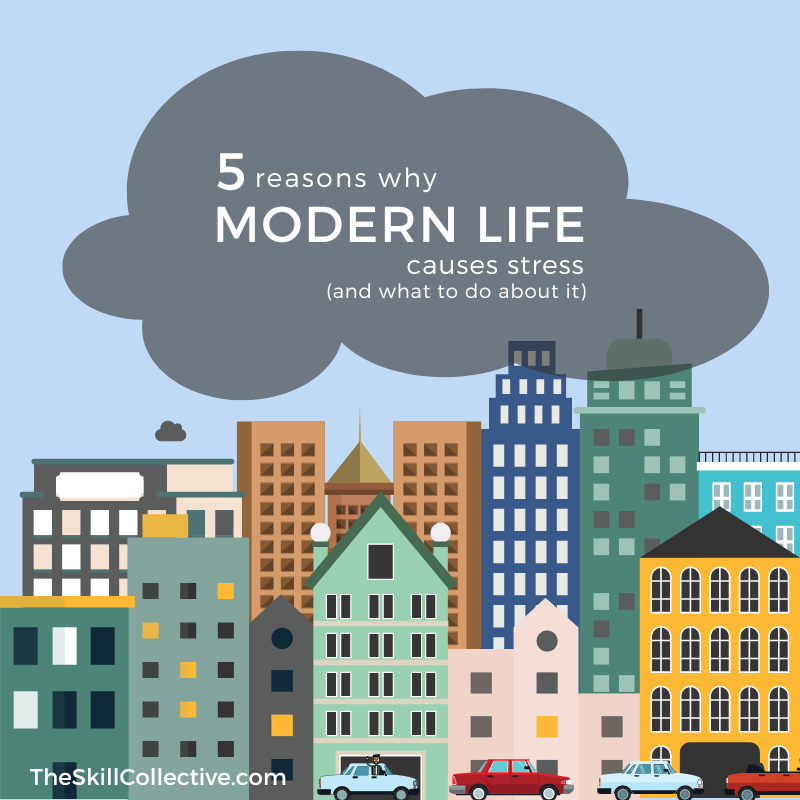The Life of a Socially-Anxious Student
Living with social anxiety as a student can be challenging - speaking up in class, group assignments, public speaking, gaining work experience, making friends … the list of social situations is endless. But there’s no need to suffer further…read on to find how to go from surviving to thriving in your studies.
How a planner can help you to better manage anxiety
Keep track of your anxiety by monitoring your mood and sticking with healthy habits. Here we outline how the humble planner can help you to achieve your goals when it comes to anxiety.
Parental burnout: What is it, how it differs from burnout, and how to bounce back
As rewarding a role that parenting may be, parental burnout is very real - exhaustion, feeling detached from your children, being less effective as a parent, and feeling fed up with the parenting role. Learn what to do to bounce back and improve your relationship with your children.
Working in FIFO: The challenges for mental health (and tips to help)
A FIFO lifestyle presents unique challenges to your sleep, relationships, and mental health. We cover these challenges and suggest tips to help you cope.
7 tips for living with social anxiety
Living with social anxiety can be limiting and lonely. If you find that your fear gets in the way of you living your best life, read on to find out how to turn things around.
5 reasons why modern life causes stress (and what to do about it)
(Updated July 2023) Experiencing stress and burnout? The stressors of modern day and lifestyle challenges may be making things worse. Here’s what to do about it.
Public speaking anxiety at work: Tips to manage a common challenge
Public speaking anxiety holding you back at work? Step up to the next level with these tips to help you manage your anxiety.







